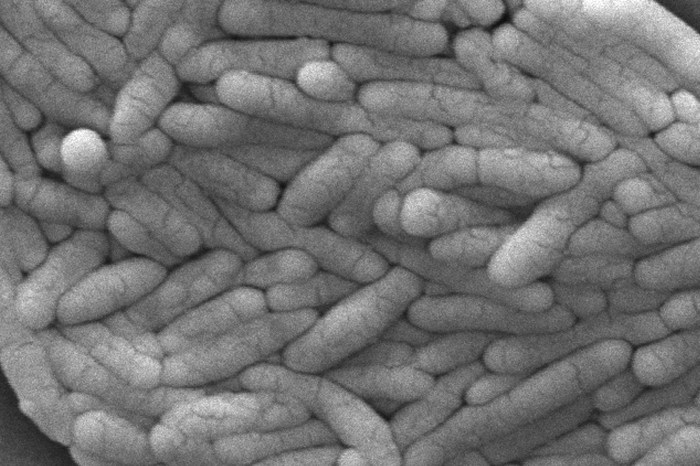According to the Centers for Disease Control and Prevention, one in 68 kids in the United States have been identified with autism spectrum disorder. It’s a condition that’s misunderstood by many, but those false perceptions are being confronted more often now than ever. Where once “Rain Man” was considered a cutting-edge depiction of autism, now several movies and TV shows, such as “Parenthood” and “The Good Doctor,” portray nuanced and complex characters on the autism spectrum. April is Autism Awareness Month, so we spoke to Dr. Silvia De Rubeis, assistant professor at the Seaver Autism Center for Research and Treatment at Mount Sinai to separate the myths from the facts.
How is autism diagnosed? What are the signs?
Individuals with ASD have deficits in social communication that can manifest as poor eye contact and difficulties interpreting facial expressions. Children and adults with ASD can also experience restricted patterns of behavior that can include repeated movements (ex: rocking) or speech (ex: repeating a sound or a phrase). Individuals with ASD can also have very focused interests, for example they can be very fascinated by certain objects or sensory stimuli. They may also adhere to daily routines and rituals, which can translate into considerable distress in response to changes. These disabilities present with an array of severity, hence the term “spectrum.”
What causes autism spectrum disorder?
We have not yet identified all of the factors contributing to risk, but it’s very clear that genetics plays a major role. By studying the DNA of thousands of individuals with ASD and related controls, we’ve identified genetic lesions (or mutations) that increase the risk of developing autism. … These mutations disrupt specific genes.
At the Seaver Autism Center for Research and Treatment at Mount Sinai. … We take a genetics-first and translational approach. We first identify ASD-associated mutations and generate cells and rodents with these mutations.
How does genetic testing aid in diagnosis and treatment/management?
It’s critical for early detection and intervention. Genetic testing in individuals with ASD can reveal a rare genetic disorder as the underlying cause of their condition. A genetic diagnosis may allow clinicians to predict the course of the disorder and additional likely symptoms that might otherwise go undetected. Therefore, genetic testing can guide more personalized clinical care and support. Additionally, genetic testing offers opportunities for family counseling and planning; for example, estimating risk for future pregnancies.
What are some common misconceptions about autism?
One of the most dangerous misconceptions is that vaccinations during childhood cause autism. Multiple studies have addressed this question and the data show no causal relationship between vaccination and autism.
Another misconception is that individuals with ASD might all have higher cognitive abilities or special skills, such as excelling at math. The opposite — i.e., that all individuals with ASD are intellectually disabled — is also not true. As emphasized by the word “spectrum,” the abilities and disabilities that accompany the condition vary from person to person.




















